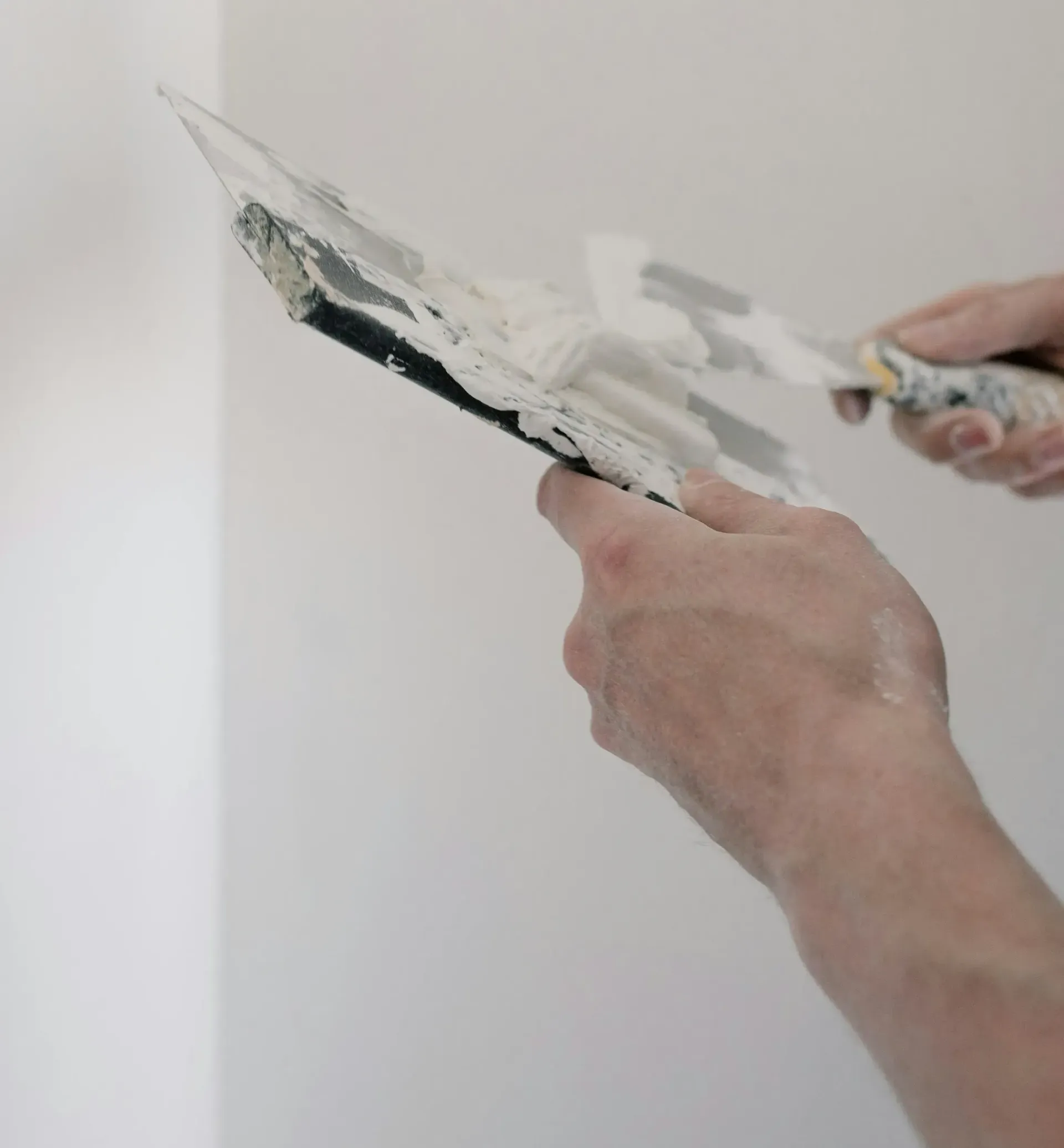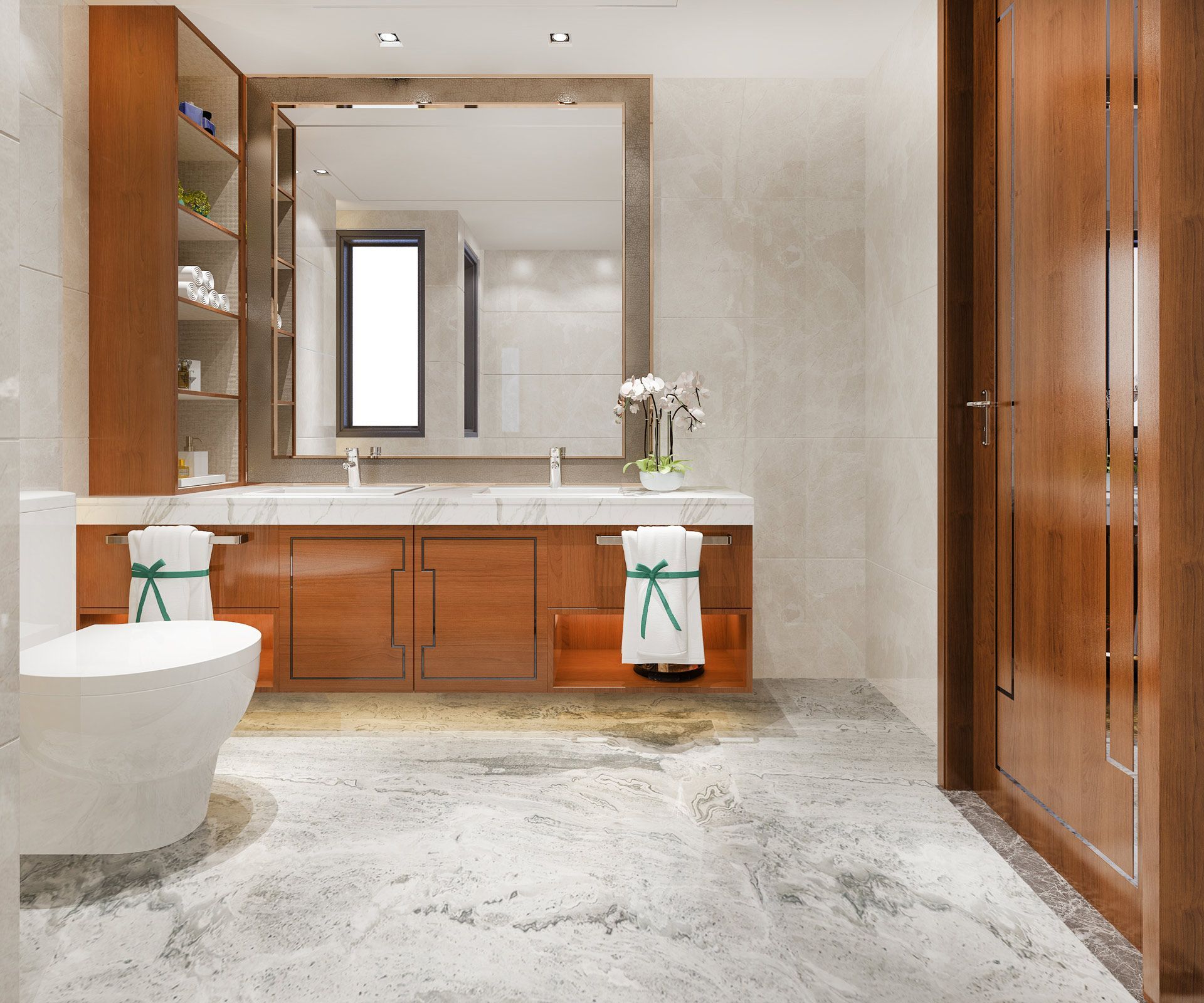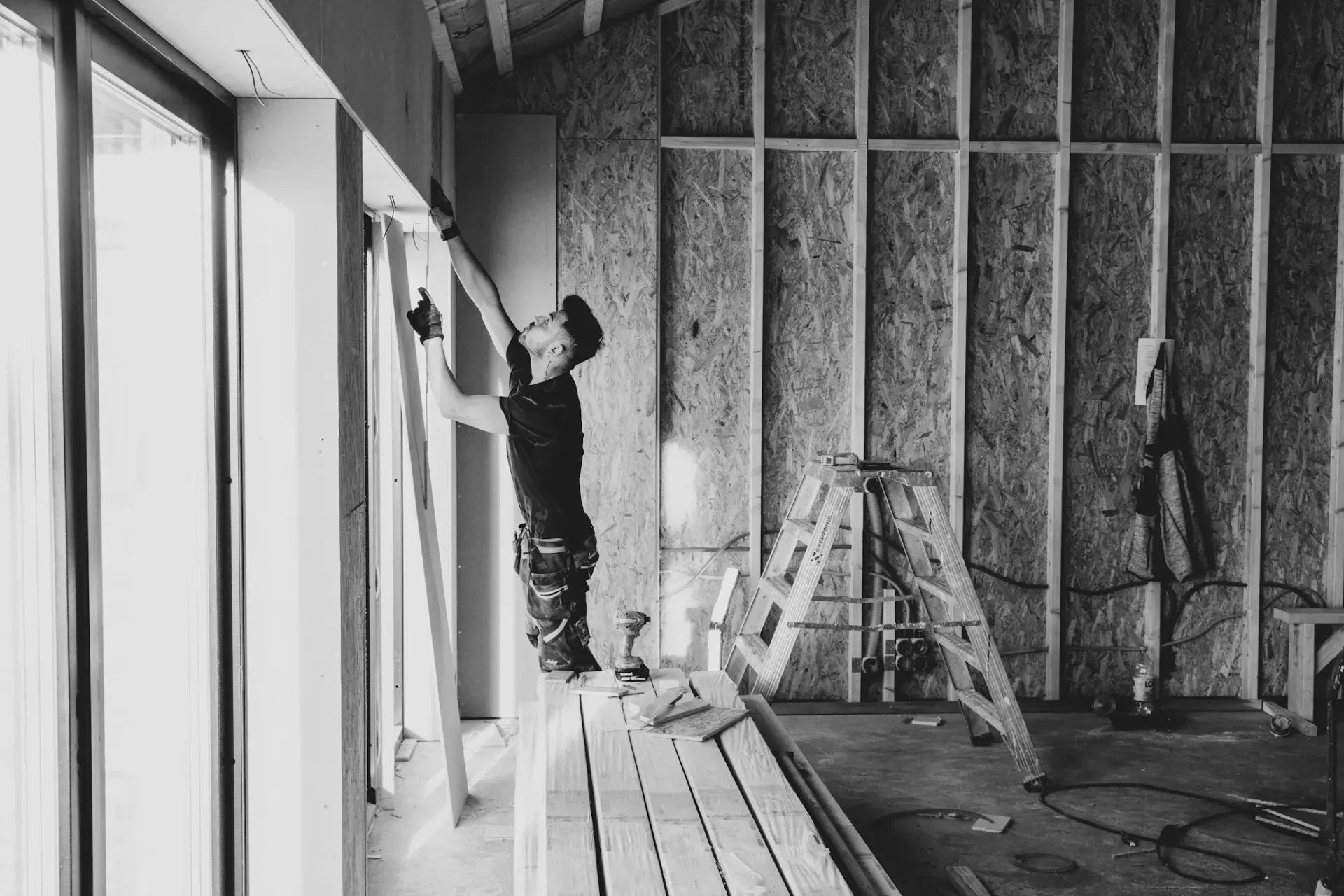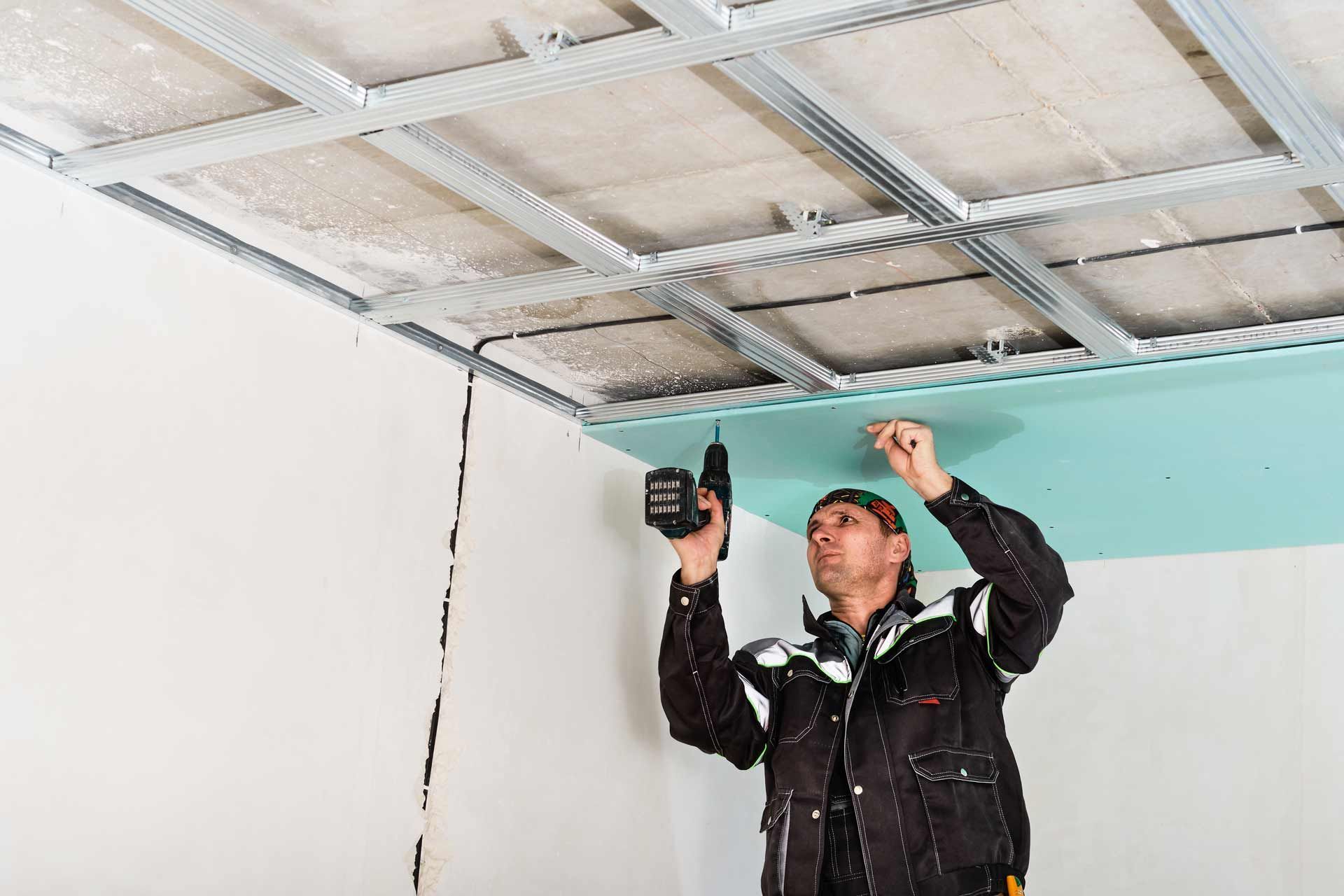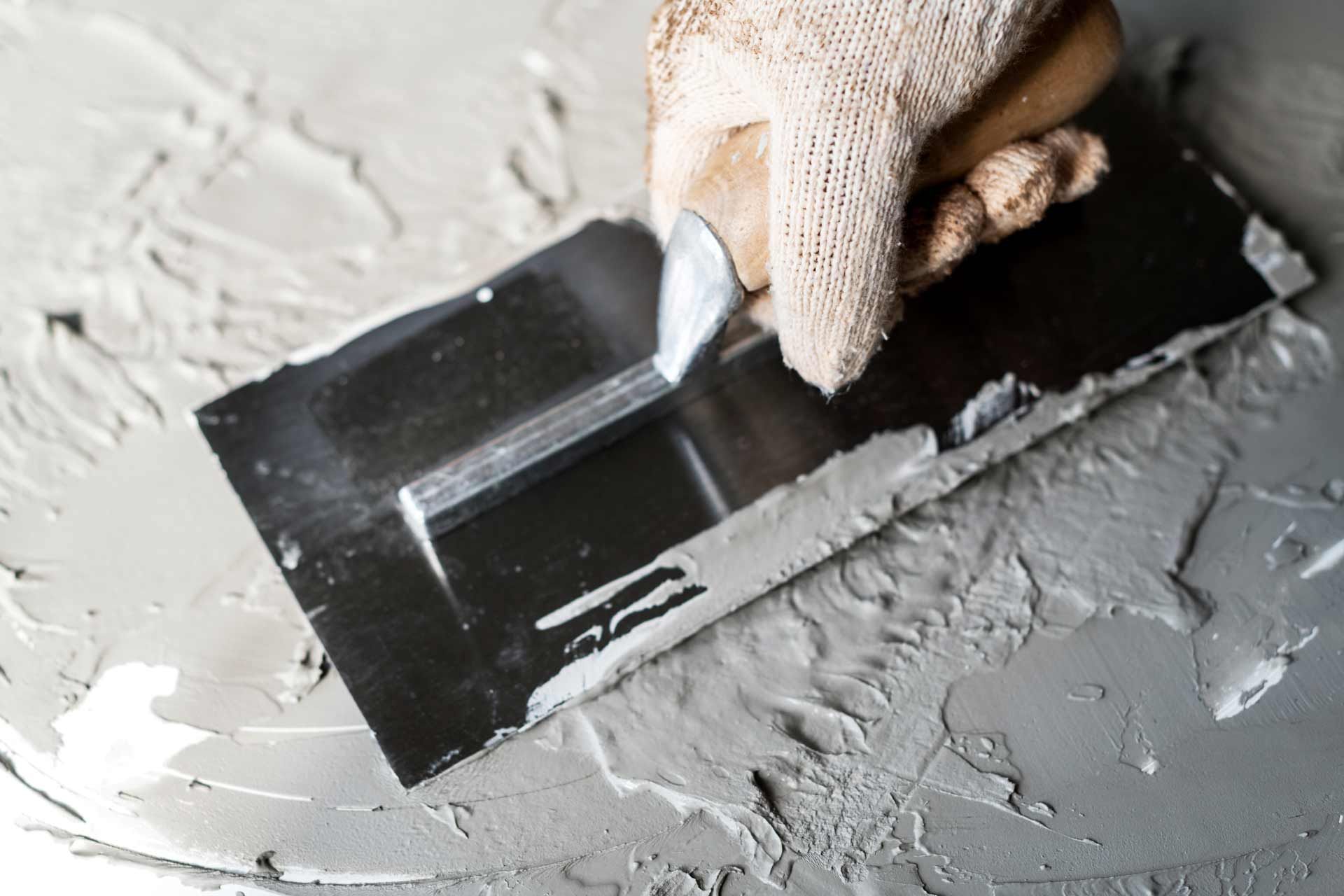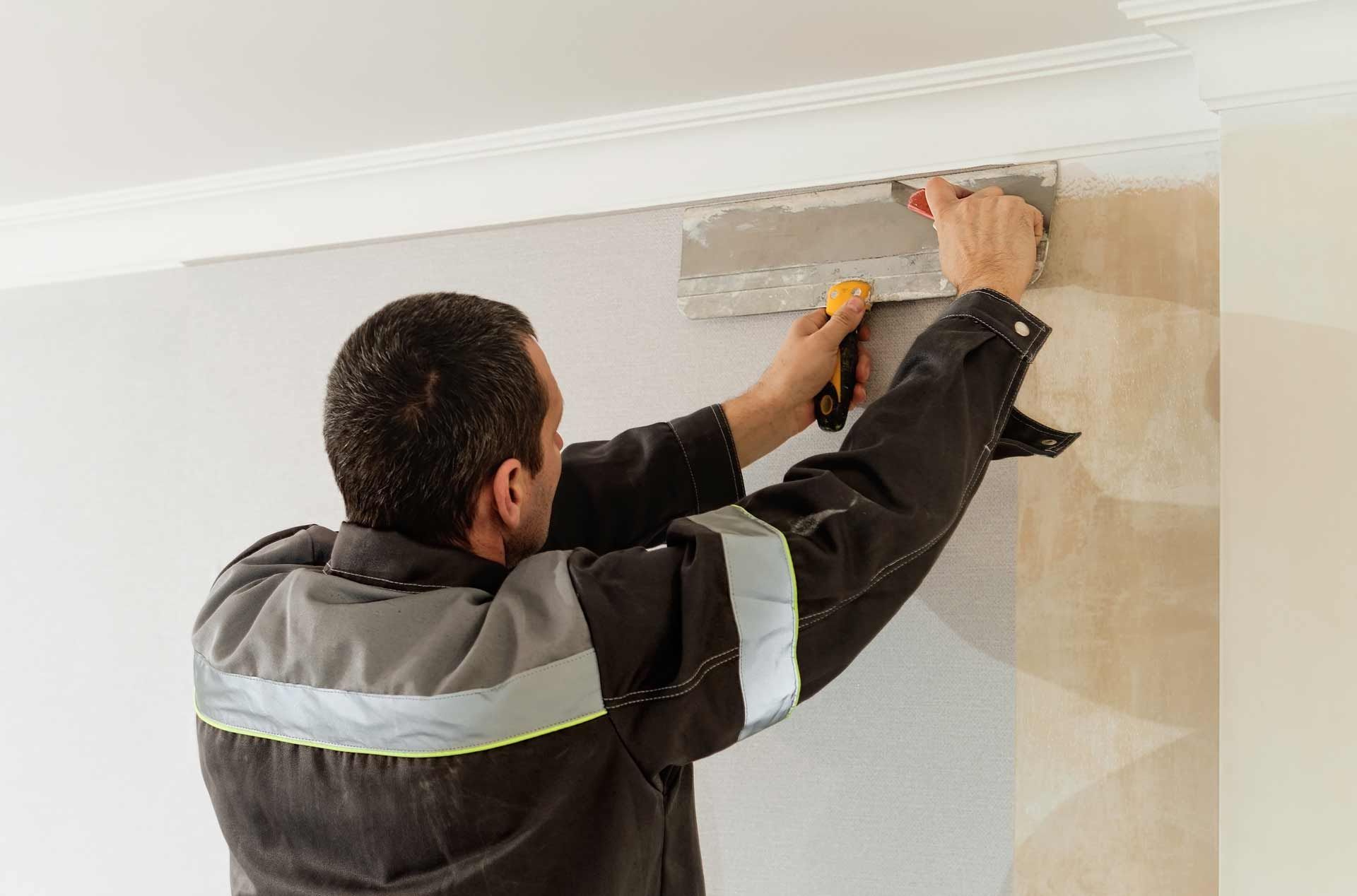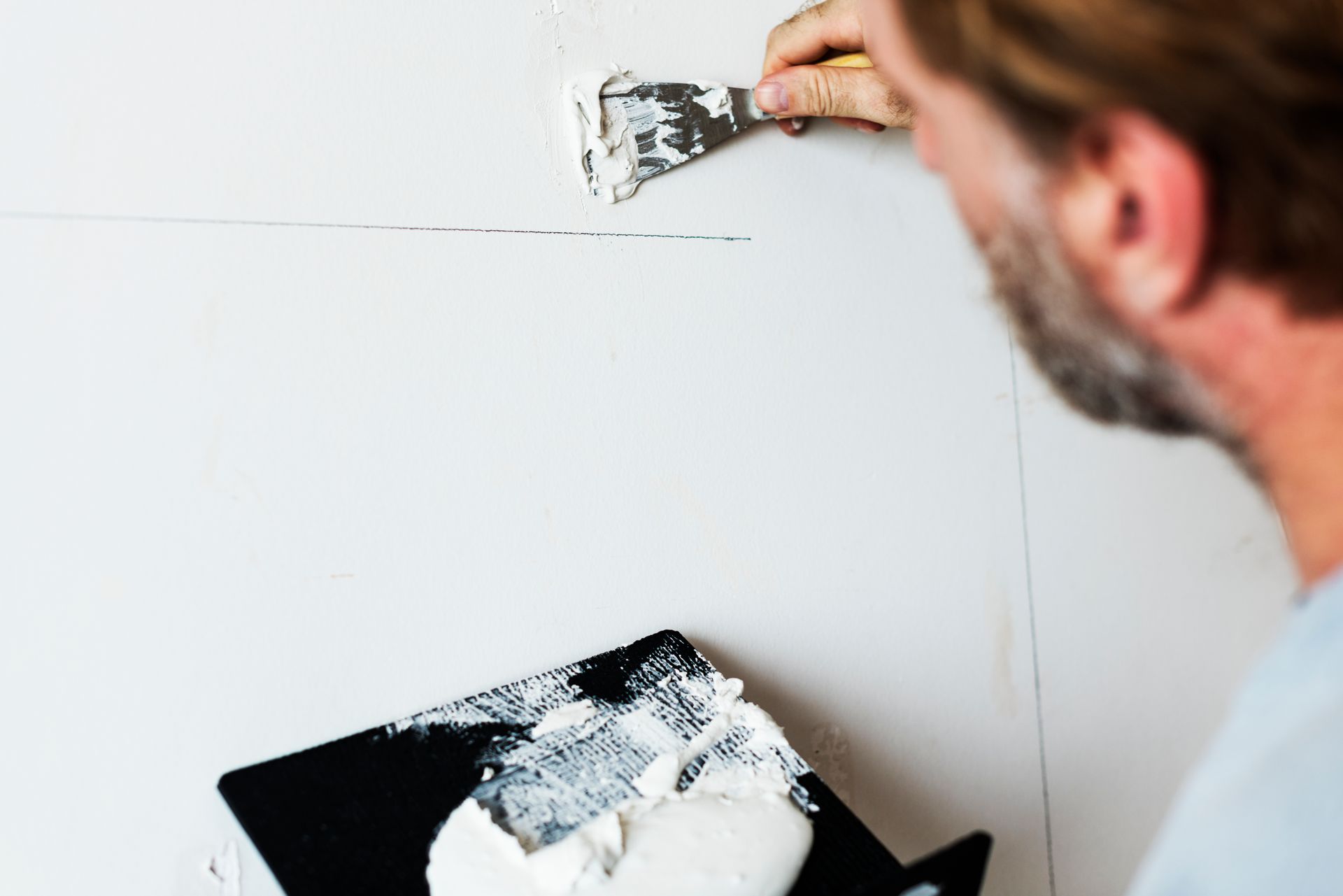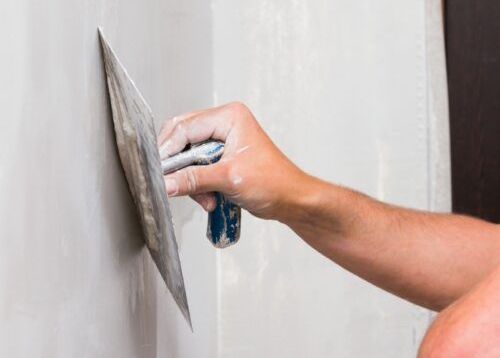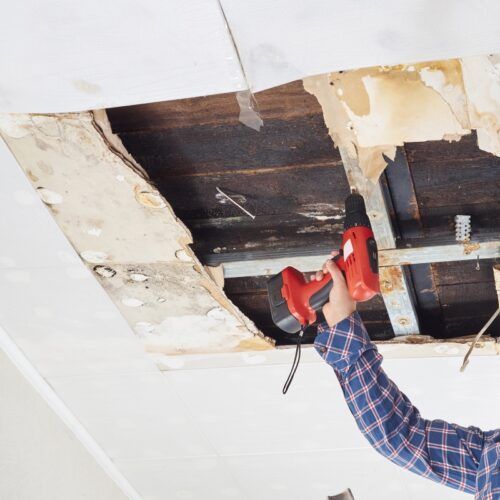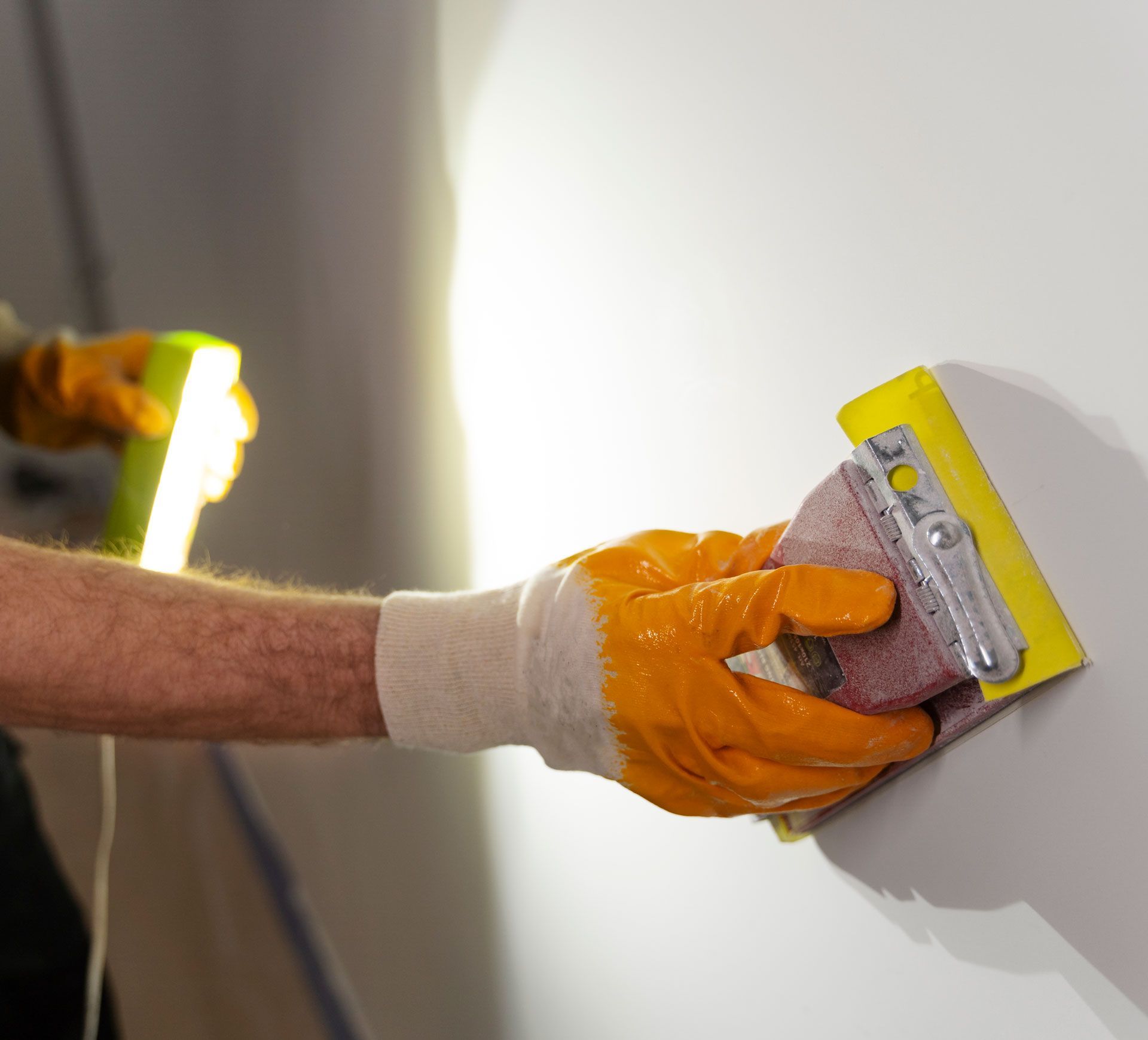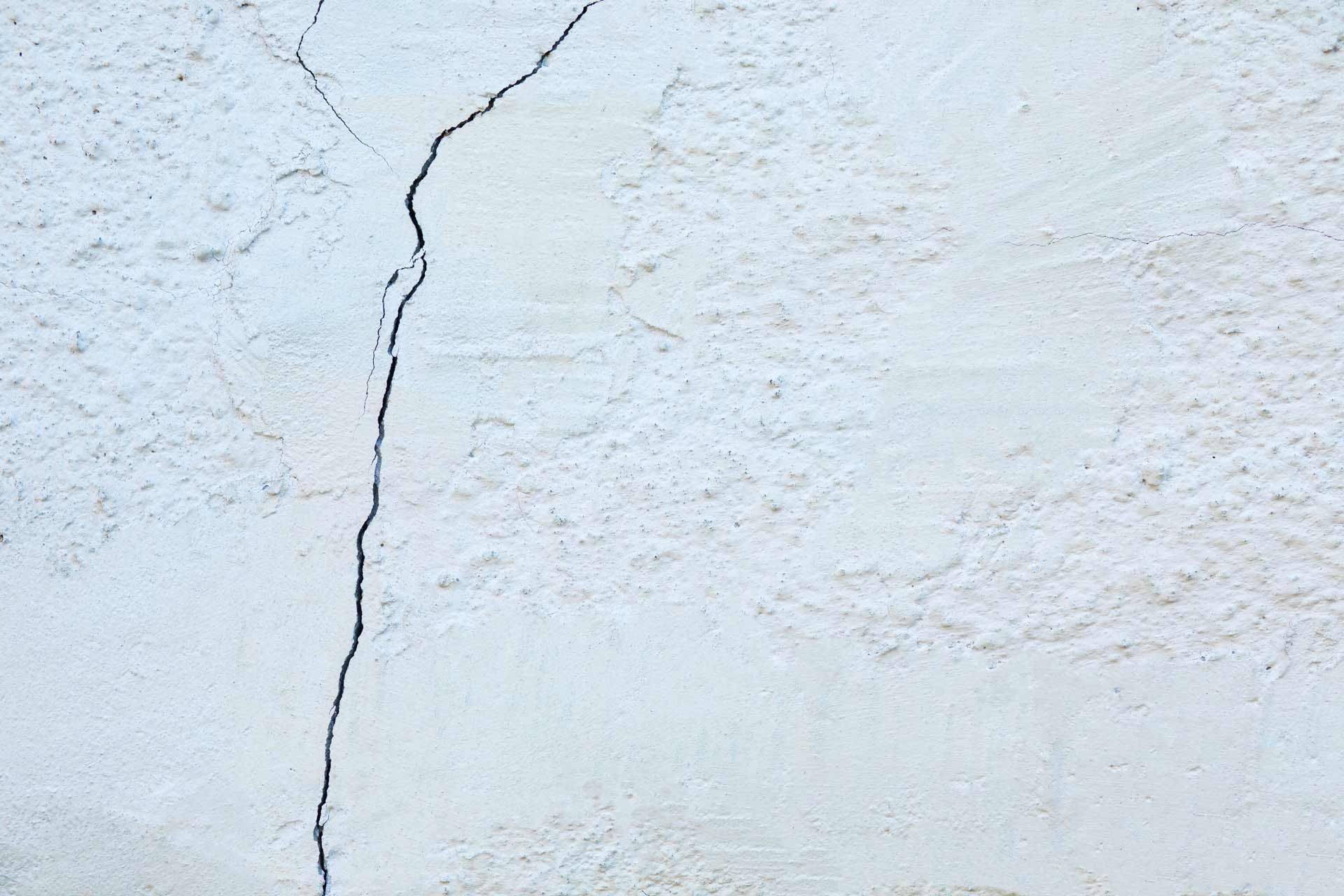
Common Causes of Drywall Cracks in Camp Hill and How to Fix Them
Introduction
You just noticed a thin crack running along the corner of your wall or a zigzag line above a doorway. If you live in Camp Hill, you’re not alone — drywall cracks are one of the most common complaints for homeowners.
The big question: are these cracks just cosmetic, or do they point to something more serious? This guide explains why drywall cracks form, how to tell which ones need immediate attention, and what you can do to fix them for good.
Why Drywall Cracks Form
Drywall cracks aren’t all the same, and understanding their root causes can help you choose the right fix and prevent them from coming back.
Normal House Settling
Newer homes often experience slight movement in the first few years as the foundation settles. This can create small hairline cracks, usually near doors, windows, or corners.
Temperature and Humidity Changes
Camp Hill experiences cold winters and humid summers. These fluctuations cause wood framing to expand and contract, which can put stress on drywall joints and lead to cracking.
Poor Installation
If drywall seams weren’t properly taped or joint compound wasn’t applied correctly, cracks are more likely to appear. Insufficient screws or nails can also cause panels to shift over time.
Structural Movement
Cracks wider than 1/8 inch or ones that reappear after repair might indicate foundation issues or framing problems. These require professional evaluation.
Water Damage
A leak from plumbing or a roof can weaken drywall and create cracks. If you see staining, bubbling paint, or soft spots along with a crack, water damage may be the culprit.
How to Fix Drywall Cracks
Once you know why the crack formed, you can choose the right repair method. Here’s a clear process to follow.
Step 1: Inspect the Crack
Look closely at the size, shape, and location of the crack. Hairline cracks are typically harmless, while wide, jagged cracks or those near ceilings may need professional attention.
Step 2: Stop the Source of the Problem
If water damage or shifting is causing the crack, fix that first. Otherwise, your repair will just crack again.
Step 3: Prepare the Area
Use a utility knife to slightly widen the crack into a V-shape. This allows the joint compound to adhere better and prevents a surface-only patch.
Step 4: Apply Joint Compound and Tape
Fill the crack with joint compound and press drywall tape (paper or mesh) into it. Apply a thin layer of compound over the tape, feathering the edges. Let it dry completely.
Step 5: Sand and Recoat
Sand lightly to smooth the area, then add a second and third coat if needed. Always feather wider than the previous coat for a seamless finish.
Step 6: Prime and Paint
Once dry and smooth, apply primer before painting to ensure an even finish and prevent flashing.
When to Call a Professional
If cracks are wide, recur frequently, or are accompanied by sticking doors or sloping floors, call a drywall contractor. They can inspect for structural problems and provide a lasting repair.
FAQs
Are drywall cracks normal?
Yes, especially in homes less than five years old. Most small cracks are just cosmetic and easy to fix.
How can I tell if a crack is serious?
Look for cracks wider than 1/8 inch, diagonal cracks above doors and windows, or multiple cracks appearing at once. These may signal a foundation issue.
Can I just fill cracks with caulk?
Caulk can work for very fine cracks, but joint compound and tape give a more durable, professional finish.
Do seasonal cracks go away on their own?
No — even if they shrink in dry weather, they will usually reopen in the next humidity cycle unless repaired.
How much does it cost to repair drywall cracks?
Small crack repairs typically cost $150–$300. More extensive repairs or structural fixes can cost more depending on the cause.
Conclusion
Drywall cracks are common in Camp Hill homes and often nothing to worry about — but ignoring them can lead to bigger issues if they’re caused by moisture or structural movement.
By inspecting the crack carefully, fixing the root cause, and repairing it with proper tape and joint compound, you can keep your walls looking smooth and protect your home’s value. For recurring or severe cracks, partnering with a local drywall contractor ensures a professional, long-lasting solution.

